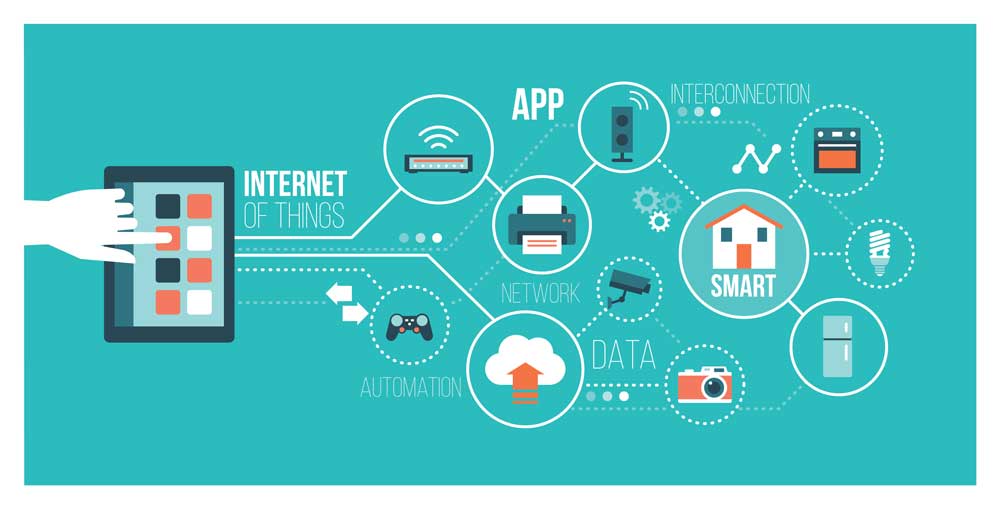For IT professionals, the Internet is an indispensable tool woven into the fabric of daily operations. However, the journey of the internet from a mere concept to a global phenomenon is nothing short of an odyssey. This article embarks on a historical exploration, unraveling how the internet came into being and evolved to become the cornerstone of the modern information era.
The Genesis – ARPANET
The origins of the internet can be traced back to the late 1960s when the United States Department of Defense developed the Advanced Research Projects Agency Network (ARPANET). ARPANET was the first network to employ the packet-switching technique, a fundamental technology allowing efficient data transmission over networks.
The emergence of TCP/IP
The transmission control protocol/Internet protocol (TCP/IP), developed by Vint Cerf and Bob Kahn, marked a defining moment in the evolution of the Internet. Introduced in the early 1970s, TCP/IP became ARPANET’s standard networking protocol suite in 1983. It established a universal set of rules for computers to communicate, leading to the development of the modern Internet.
Expanding the Network – NSFNET
The National Science Foundation (NSF) was critical in expanding the early internet by launching NSFNET in the mid-1980s. This network was initially meant for research and education, interlinked supercomputing centers across the United States, and provided a significant speed boost over ARPANET. NSFNET eventually paved the way for the commercialization of the internet.
Birth of the World Wide Web
In 1989, British computer scientist Tim Berners-Lee conceived the World Wide Web (WWW) while working at CERN. The WWW, comprising web browsers, web pages, and hyperlinks, revolutionized the internet by providing a graphical and user-friendly way to access and share information.
The emergence of Web Browsers
The early 1990s witnessed the emergence of web browsers, with Mosaic gaining popularity. These browsers allowed users to easily navigate the World Wide Web, giving rise to a surge in web content and services.
Commercialization and Dot-Com Boom
The internet saw its commercialization in the early 1990s. Businesses realized the World Wide web’s potential as a platform for commerce and communication. This led to an exponential increase in websites, and the dot-com boom ensued. Companies like Amazon, eBay, and Yahoo! were born during this era.
Broadband Takes Over
As the internet grew, the need for faster connectivity became apparent. The late 1990s and early 2000s shifted from dial-up connections to broadband. This transition enabled the internet to handle multimedia content, giving rise to streaming services like YouTube.
The Social Media Wave
The mid-2000s brought about the social media revolution. Platforms like Facebook, Twitter, and LinkedIn redefined how people interacted online. The advent of smartphones further fueled the growth of social media and transformed the internet into an always-on, mobile experience.
Cloud Computing and IoT
The 2010s witnessed the rise of cloud computing and the Internet of Things (IoT). Cloud computing allowed businesses to leverage internet-based services for storage and processing. Simultaneously, IoT connected billions of devices, from home appliances to industrial equipment to the internet.
Expanding Horizons
The journey of the internet is one of constant evolution. From the foundational ARPANET to the advent of the World Wide Web, the dot-com boom, the social media wave, and the rise of cloud computing and IoT, the Internet has continually reshaped itself. For IT professionals, understanding this historical context is crucial for appreciating the roots and possibilities of the tool at the heart of their profession. The internet, as we know it, is the culmination of decades of innovation and collaboration, and it continues to evolve and expand its horizons.




